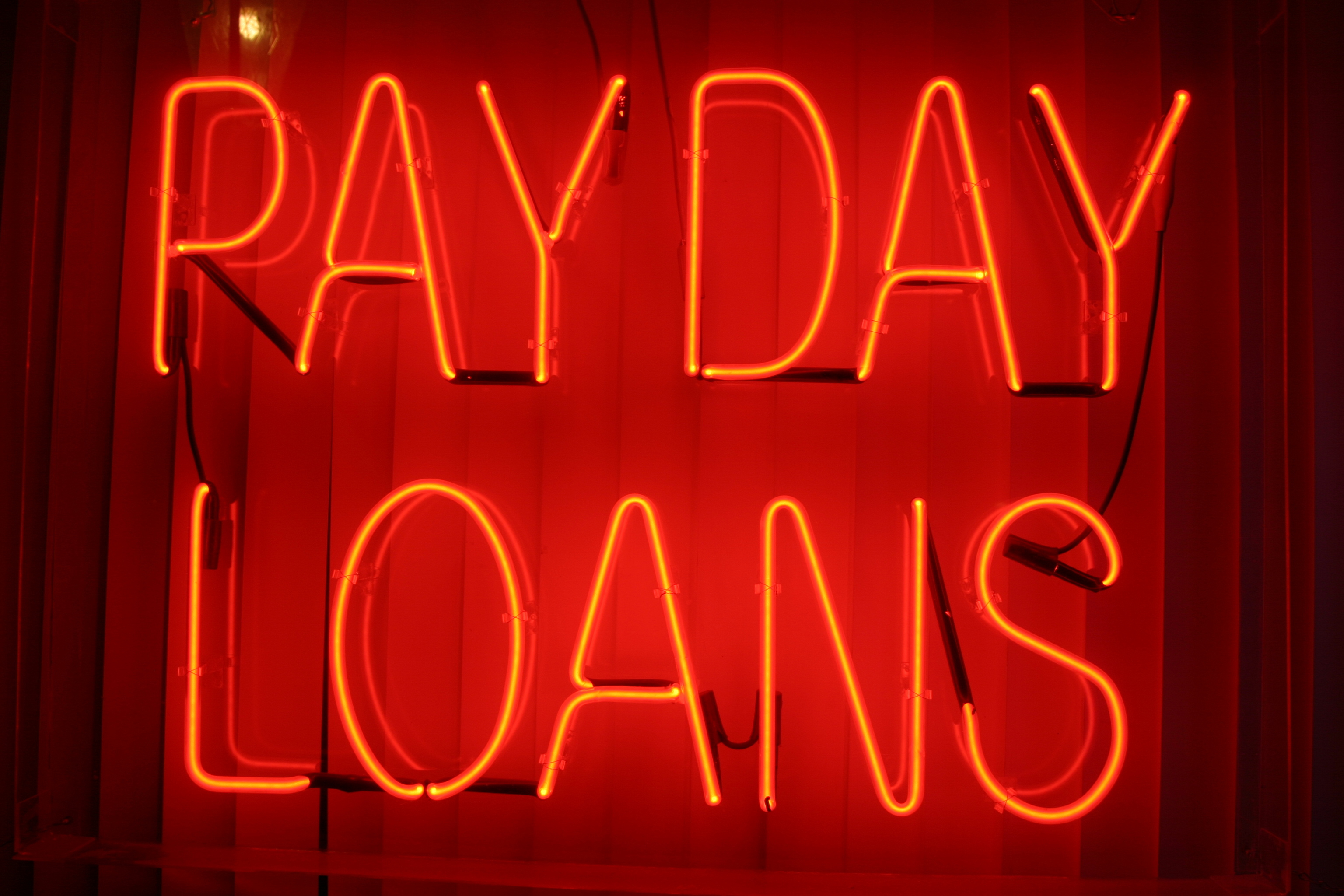Credit Cards & Loans
Wonga sales plummet as fair lending ‘transformation’ bites

Wonga’s sales fell by 64% last year as the payday lender underwent a ‘transformation’ to treat its customers fairly by using affordability assessments.
The payday lender reported a decline in revenues from £217.2m in 2014 to £77.3m in its full year to December 2015.
It posted a pre-tax loss of £80.2m compared to a loss of £38.1m for the previous year.
Chief financial officer Paul Miles said: “We said last year that our 2015 results would reflect what would be another tough year in Wonga’s transformation and the numbers are in line with our plans.”
“In the UK, the reduction reflects a full year’s impact of the stricter lending criteria we implemented in late 2014 and the price cap introduced by the UK regulator in early 2015,” he added.
Andy Haste, group chairman, said 2016 marked the turning point for Wonga’s financial performance.
“We continued to focus on changing our culture to ensure customers are at the heart of our business, while strengthening our financial position,” he said.
Haste said the group had recruited an experienced leadership team, overhauled its approach to credit risk, improved stakeholder relationships and launched new products to meet demand.
In January 2016, the Financial Conduct Authority (FCA) approved the lender’s application for full consumer credit permissions.
The full permissions allow Wonga to carry out credit broking, debt administration and debt collection, consumer credit lending, peer-to-peer lending and provide credit information and reference services.
Haste said he was ‘delighted by the FCA’s decision to grant Wonga full credit permissions.
“Moving into 2016, our plans included achieving UK authorisation, raising debt funding and starting to roll out new products. Having achieved these, and with further funding planned for later this year, we’re now in a position to move back into growth in 2016 and expect to return to profit in 2017.”